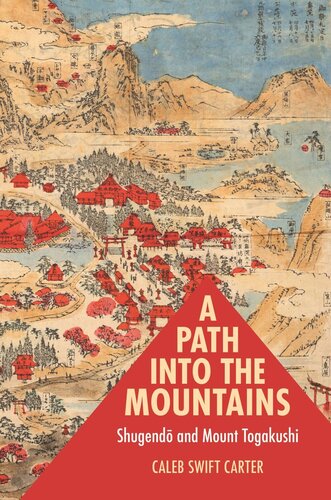

Most ebook files are in PDF format, so you can easily read them using various software such as Foxit Reader or directly on the Google Chrome browser.
Some ebook files are released by publishers in other formats such as .awz, .mobi, .epub, .fb2, etc. You may need to install specific software to read these formats on mobile/PC, such as Calibre.
Please read the tutorial at this link: https://ebookbell.com/faq
We offer FREE conversion to the popular formats you request; however, this may take some time. Therefore, right after payment, please email us, and we will try to provide the service as quickly as possible.
For some exceptional file formats or broken links (if any), please refrain from opening any disputes. Instead, email us first, and we will try to assist within a maximum of 6 hours.
EbookBell Team

4.8
74 reviewsShugendō has been an object of fascination among scholars and the general public, yet its historical development remains an enigma. This book offers a provocative reexamination of the social, economic, and spiritual terrain from which this mountain religious system arose. Caleb Carter traces Shugendō through the mountains of Togakushi (Nagano Prefecture), while situating it within the religious landscape of medieval and early modern Japan. His is the first major study to view Shugendō as a self-conscious religious system—something that was historically emergent but conceptually distinct from the prevailing Buddhist orders of medieval Japan. Beyond Shugendō, his work rethinks a range of issues in the history of Japanese religions, including exclusionary policies toward women, the formation of Shintō, and religion at the social and geographical margins of the Japanese archipelago.
Carter takes a new tack in the study of religions by tracking three recurrent and intersecting elements—institution, ritual, and narrative. Examination of origin accounts, temple records, gazetteers, and iconography from Togakushi demonstrates how practitioners implemented storytelling, new rituals and festivals, and institutional measures to merge Shugendō with their mountain’s culture while establishing social legitimacy and economic security. Indicative of early modern trends, the case of Mount Togakushi reveals how Shugendō moved from a patchwork of regional communities into a translocal system of national scope, eventually becoming Japan’s signature mountain religion.